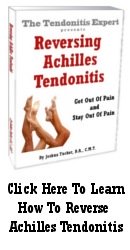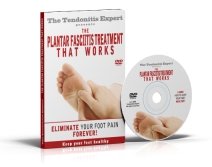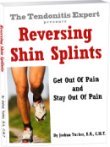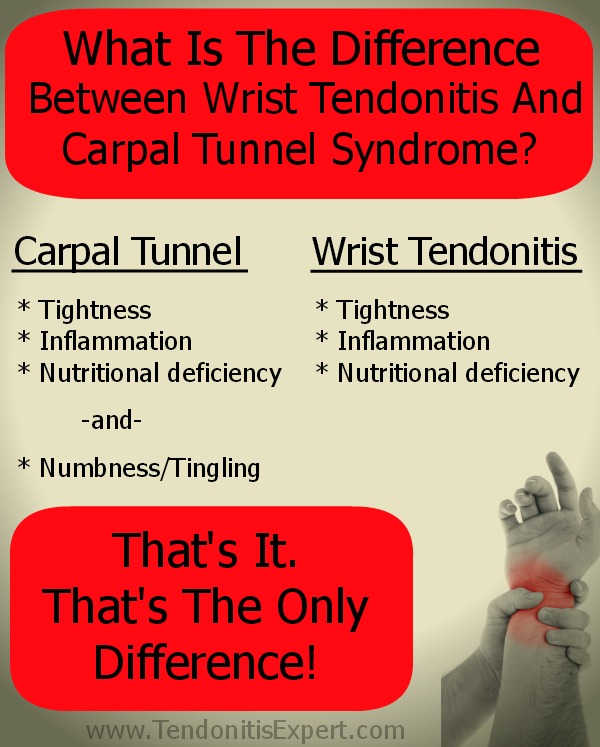Sesamoiditis in both feet and Inflammation
by Ann
(Washington, DC)
Hello! Thanks for all your tendonitis advice! It’s greatly appreciated. I’ve had Sesamoiditis in both feet for about 8 months now.
I’ve started doing Ice Dips and taking glucosamine about 2 weeks ago, previously I had been doing Ice Massage- but in both cases, the inflammation keeps coming back.
When I Ice Dip I leave my feet in the ice water for 10 seconds, rest for about 30 seconds, and repeat 10 times. I usually repeat this about 4 times a day. Is this the correct procedure?
Most of my uncontrollable inflammation occurs either at the end of my work day before I leave to go home, or before I go to bed. In both cases the inflammation usually worsens on the metro ride home, or during my sleep.
I have a desk job, so I’m usually not on my feet at work. It takes me about an hour to commute on the bus and metro, which does involve some walking.
I’ve tried doing an Ice-Dip before I leave work, but sometimes this seems to exacerbate the inflammation. I’ve even tried ice massage when my foot isn’t inflamed to try and get ahead, but this seems to worsen the irritation in my Sesamoid bones and surrounding tendon.
Am I icing correctly? I’d greatly appreciate any advice! Thanks!!
----
Joshua Answers:Hello Ann.
Yikes. No fun.
Sesamoiditis is problematic because essentially the bones are embedded in tendon, and a lot of structural force/tension/pressure hits those points of tendon between bone.
This site has a nice little overview about Sesamoiditis.
Orthoinfo.aaos.org on SesamoiditisA couple thoughts, then a few questions.
1. I would put a little more time between ice dips. You want to give the body time to pump new blood into the area before redipping and flushing fluid out again. You could wait a little longer, or alternate hot/cold.
4x/day is great.
2. If you've been doing that much for 2 weeks, it's either successfully
keeping you at this pain level, or it's not doing the job.
I'll compare sesamoiditis to
Tenosynovitis, in that ice dipping won't do too much for the ACUTE inflammation and particular physcial make up of the problem.
Essentially, the tendon, and likely the connective tissue wrapping the other bone the sesamoid bone/tendon press on, is bruised. And every step you take irritates it.
Tenosynovitis can show up anywhere
Tendonitis can (as long as there is a tendon sheath involved).
See:
What Is Tendonitis?It's great you're ice dipping. It is keeping the overall problem from getting worse by keeping the overall ecology healthier, but it's tough to get circulation to the actual trigger spot that is constantly launching a
Process of Inflammation.
More suggestions the next round after I get more information.
Questions:1. What kind of footwear do you wear? High heels? Pointy toed anything?
2. Weight/height ratio/description? Looking for how much force is translating down to the feet.
3. Say more about how ice irritates. The more detail the better.
4. Seen a podiatrist/shoe kind of professional? If so, what happened with that?
5. Feet hurt when you first get up in the morning? Hurt at night in bed, or when you are -off- your feet?
----------------------
Please reply using the comment link below. Do not submit a new submission to answer/reply, it's too hard for me to find where it's supposed to go.
And, comments have a 3,000 character limit so you may have to comment twice.
----------------------- 
Joshua Tucker, B.A., C.M.T.
The Tendonitis Expert
www.TendonitisExpert.com
- Home
Tendonitis
Still Tendonitis
Related Reversible Problems
Site Pages
-
Sep 01, 25 04:38 PM
If you have Wrist Tendonitis you may/may not have Carpal Tunnel Syndrome. They aren't the same thing. Tendonitis of the wrist tendons is reversable and fixable.
Read More
-
Aug 29, 25 06:28 PM
Dequervains Tendonitis is a fancy term for Tendonitis of the Thumb. It is NOT a disease. Dequervains tenosynovitis is very related. Ok, it's the same thing.
Read More
-
Aug 29, 25 06:18 PM
Have Achilles Tendonitis and/or Achilles Tendonosis repetitive strain injury? Effective Achilles Tendonitis Treatment gets you on your feet, pain free.
Read More




